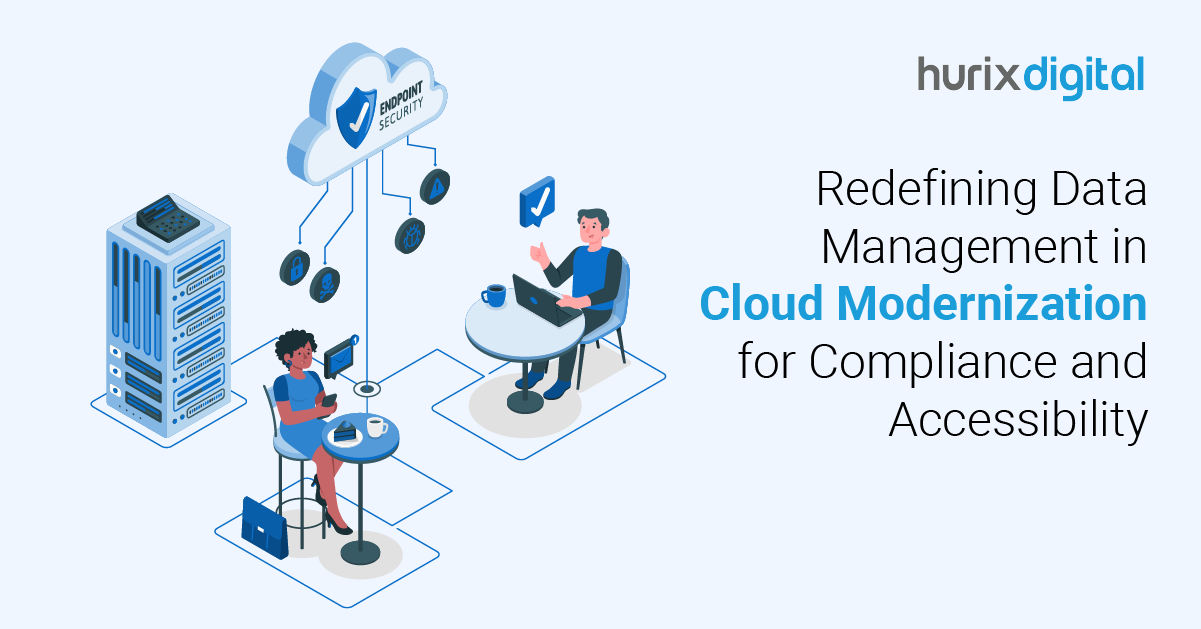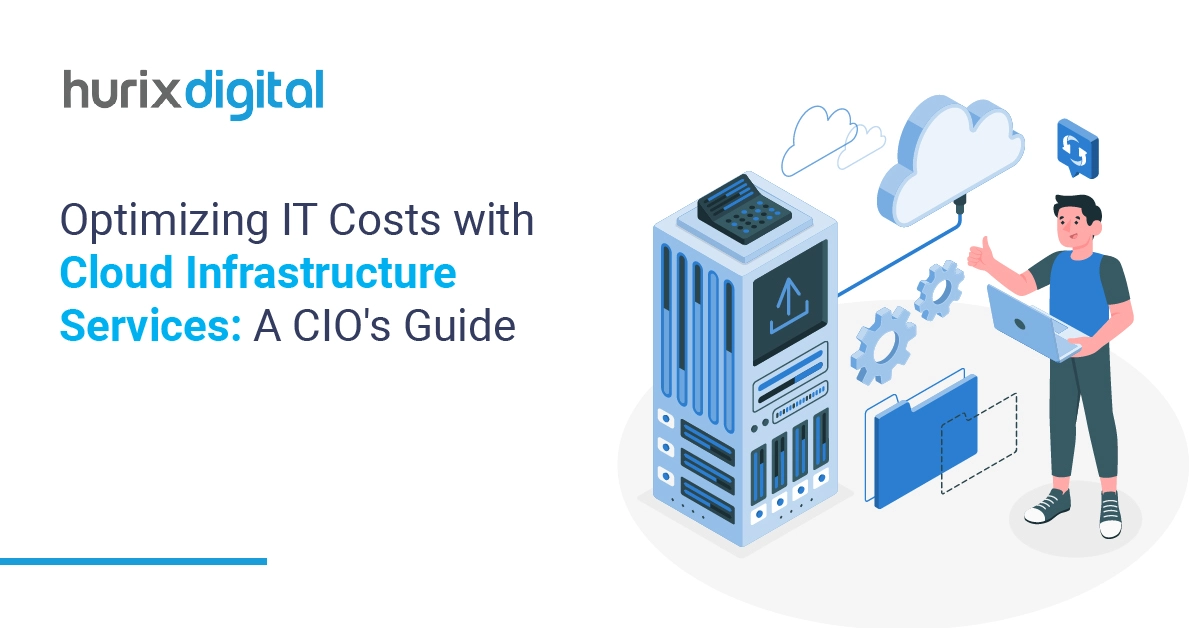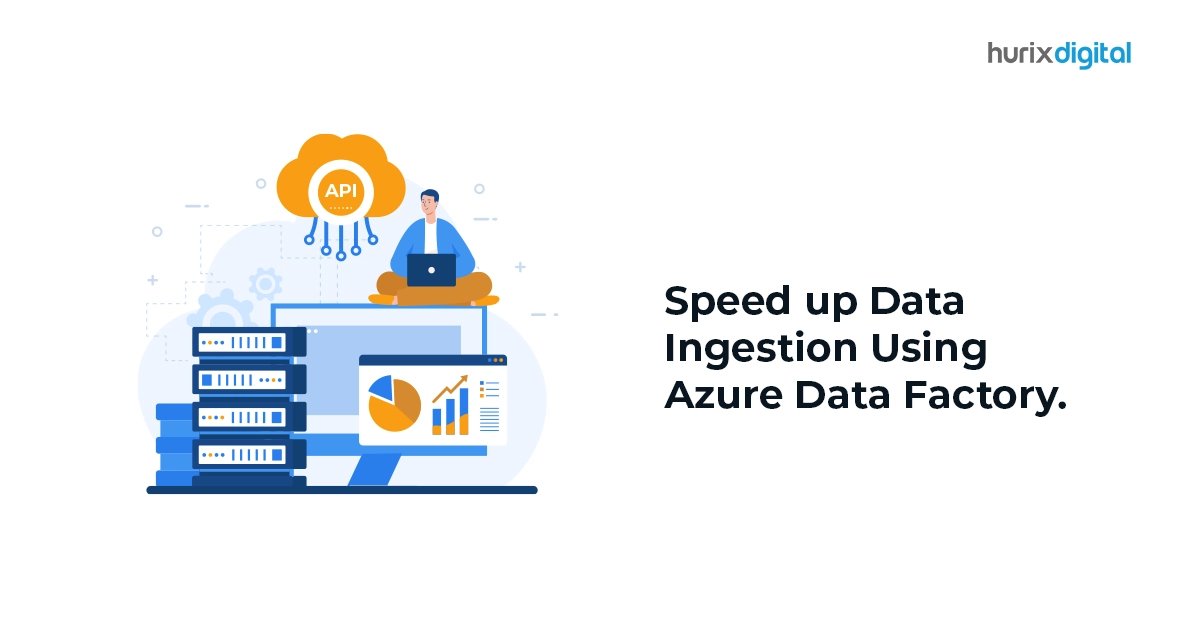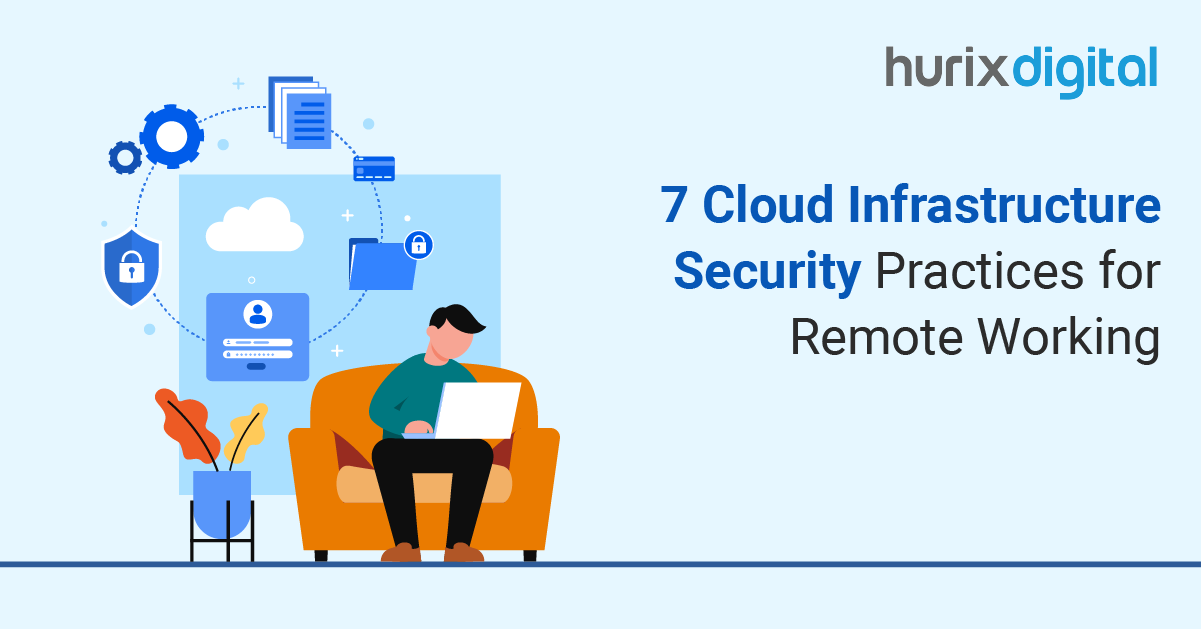
Redefining Data Management in Cloud Modernization for Compliance and Accessibility
Summary
The article highlights cloud waste issues and the importance of data management for CIOs, outlining strategies for accessibility, compliance, and cost optimization through inventory, governance, optimization, training, and automation.
The HashiCorp 2024 State of Cloud Strategy Survey highlights a critical issue: while organizations steadily increase their cloud investments, they need help managing those expenditures effectively.
The survey reported that 91% of respondents acknowledged that cloud waste remains a problem, slightly improving from 96% in 2023. The leading causes of this waste are consistent with previous years, including a lack of necessary skills, overprovisioning of resources, and idle or underutilized assets. Notably, skill shortages have emerged as a growing concern among 41% of the survey respondents.
These findings stress the importance of solid data management for CIOs in cloud environments. Effective data management can address these inefficiencies by ensuring that resources are optimally utilized, skills gaps are mitigated, and compliance and accessibility are maintained.
We know striking this balance can be challenging. Therefore, we present you with the best cloud modernization strategy for data management in the cloud.
Table of Contents:
- Chief Information Officer’s Guide to Cloud Data Management
- Cloud Data Management Best Practices Checklist
- Final Words
Chief Information Officer’s Guide to Cloud Data Management
More than 94% of companies worldwide use cloud computing services to store and manage their business information. But the catch is that this widespread adoption comes with growing concerns about accessibility and compliance. These concerns must be carefully managed for efficiency and security in the cloud environment.
As a CIO, your job becomes tougher to stay compliant with your industry guidelines. At the same time, you have to implement cloud computing tools for efficiency and productivity. Here’s how to form a cloud modernization strategy for better cloud data management.
1. Know Where You Stand Today
In simpler terms, assess your business’s current state. An effective cloud data management strategy begins with a thorough data inventory and classification, identifying and categorizing all data types. This should include sensitive and critical information for proper handling and protection.
Next, a compliance gap analysis is essential to review existing measures against regulations like GDPR or HIPAA to identify areas for improvement. As a result, your business can prevent legal and financial risks.
Conducting an accessibility review allows organizations to evaluate how different stakeholders access data. The accessibility review will pinpoint bottlenecks or inefficiencies that may hinder productivity or compromise security.
2. Defining Objectives of the Cloud Modernization Strategy
Any cloud modernization strategy that aims to improve accessibility and compliance will have the following goals:
- Compliance Goals: Clear objectives for meeting regulatory requirements, data protection, and privacy standards. These can be industry-specific, like HIPAA for health management and telemedicine companies.
- Accessibility Goals: Goals for improving data accessibility so authorized users can easily access data without unnecessary barriers.
- Cost Management Goals: To improve cloud spend by reducing waste and maximizing the value of cloud investments.
Also Read: A Comprehensive CIO’s Guide to Developing a Cloud-First Strategy
3. Lay Down a Data Governance Framework
A solid data governance framework is crucial to securing compliance with cloud modernization. The framework should clearly define the roles and responsibilities for data ownership and access management and policies for data handling, such as data encryption, backup, and disaster recovery.
All these roles should be clearly defined to treat all data according to regulatory requirements and best practices. A well-defined governance structure helps maintain data integrity and security, which are critical for compliance and operational efficiency.
4. Optimize the Existing Cloud Infrastructure
Cloud data accessibility can only be achieved when businesses take the time to design a cloud architecture that aligns with their organization’s needs. This means they must choose the right mix of cloud services, whether IaaS, PaaS, or SaaS.
However, the work does not end here. Businesses utilizing cloud resources must ensure these services are configured to support expandability and adaptability.
Key considerations include:
- Minimizing overprovisioning, which leads to unnecessary costs.
- Making sure that resources are not idle or underutilized.
- Using cloud data accessibility tools like auto-scaling and rightsizing allows for dynamically adjusting resources based on actual demand.
5. Provide Skill Development Training to Employees
As the HashiCorp 2024 Survey revealed, a common barrier to successful cloud modernization is the need for more necessary skills within IT teams. To address this, organizations should invest in training programs focusing on the latest cloud technologies and best practices.
Training should cover cloud security, compliance requirements, and cloud accessibility solutions. Consequently, it will enable your teams to manage cloud environments more effectively.
We know it is a substantial investment, but it will reduce reliance on external expertise by building internal capacity to address challenges proactively.
6. Switch to Data Security and Compliance Automation
Implementing automated data security and compliance checks is the final step toward a successful cloud modernization strategy. Once again, cloud data accessibility tools that automatically encrypt data and generate audit logs can be used for audits.
Implementing automation allows CIOs to ensure that all compliance requirements are continuously met without manual oversight. As a result, the risk of human error would be greatly reduced, and the overall security posture of the cloud environment would strengthen.
Cloud Data Management Best Practices Checklist
Take a quick look at cloud data management best practices for improved accessibility and compliance with industry standards:
- Conduct a thorough data inventory segregation to classify data by sensitivity and compliance needs.
- Establish clear data ownership, access policies, and lifecycle management practices.
- Implement encryption for data at rest and in transit, and use role-based access controls with multi-factor authentication.
- Perform regular compliance audits and use automated tools for continuous monitoring against regulations.
- Set up automated, regular backups with secure offsite storage and develop a tested disaster recovery plan.
- Monitor cloud resource usage to avoid overprovisioning and introduce cloud cost optimization strategies like rightsizing and reserved instances.
Also Read: Service Level Agreements (SLAs): The Key Elements of Cloud-Managed Services
Final Words
Any CIO looking to implement a cloud modernization strategy for data management must prioritize a phased approach to cloud migration and modernization. First, start by migrating and modernizing the most critical and manageable workloads.
This allows your team to learn and adapt to the new environment. A gradual approach also provides opportunities to refine processes and address issues before they impact the broader system.
Are you migrating to the cloud or optimizing your current cloud infrastructure? Hurix Digital offers everything related to cloud solutions. We provide cloud applications, infrastructure, advisory services, and managed services. Our cutting-edge cloud services are designed to drive success with reliability and cost-effectiveness.
Book a call with us today to learn more!

Vice President and Strategic Business Unit Head – Cloud Services
A top technology management voice on LinkedIn with 20 Years of experience in Information Technology, Cloud Services, Digital Transformation, Application Modernisation, Managed Services, IT Security Engineering and Operations Management. An avid technology Leader, Leadership Speaker, Author & Coach.







